Steve Hillage interview
Steve Hillage is one of the greatest guitarist of past decades. His involvement in psychedelic and progressive music is enormous. His music career started in a band called Uriel when he was still very young. In the late 1960s he was part of anonymous project called Arzachel, releasing an album in 1969, which is considered as one of the best psychedelic rock albums coming from UK. In the 1970s, still in his early twenties, he formed a progressive band Khan and released Space Shanty (1972). He also collaborated with Kevin Ayers and soon joined forces with Gong. While he was still in Gong family, he was also active as a solo artist and his debut Fish Rising came out in 1975, soon followed by many solo efforts. From 1990s on, System 7 is his main driving force. Madfish Records released a very special box set with most of his music included. We discussed with its content creator, Sub. Capt. Hillage.
Your upcoming box set is an amazing set of your work nicely packed and presented for all the fans of your music. During all the years you’ve been involved in music you’ve probably forgotten how diverse and big your discography actually is. And now it’s all here presented in this wonderful set. How long did it take to get everything together?
We had the first concrete discussions in autumn 2014 and things got underway in spring 2015, by which time we had defined what the 22 CDs and the box format would be. The serious work of putting together the book, the design and the unreleased music selection started in September 2015 and went on for around 9 months, finishing everything in May this year. I look at this box set as an artistic work and everything is organised in a way that tells my whole story from Arzachel up to the first System 7 album in 1991. My strong wish to tell my full story is what drove me to put this thing together, and I’m pleased with the way we’ve integrated it with the symbology that I like to use. For example there are 7 chapters in the book, like 7 colours in the rainbow. By the way, our fixation with the number 7 first started with the album Motivation Radio in 1977 – I insisted that Virgin give it the catalogue number V2777.
Accompanying the recordings is a 188 page coffee table book. Written and assembled by you and Gong family expert Jonny Greene. How was it for you to recall the times when you were still in Arzachel? Did it bring any pleasant memories?
On the whole most of the memories were pleasant, although there were obviously some stressful periods. But also it made me realise that I’ve been quite lucky. For example, leaving my first band Uriel in order to stay at school when the other band members left in order to go professional was difficult, but a year after that I ended up at university in Canterbury, which opened new doors for me. Deciding to stop Khan MkII was hyper stressful, but the day after I disbanded the band I got a call from Kevin Ayers to join his band. Finally leaving Gong in Autumn 1975 was a really tough moment, but just a few months later I heard that Todd Rundgren was interested in producing me.
We have so many fans of Arzachel that would like to know what’s the story behind this amazing psychedelic project you had back in the ’60s when you were really young and already playing and recording an amazing album which without any further doubts is considered as a psych rock classic. What’s the story behind Arzachel formation? Why did you use imaginary names?
We had a band at school called Uriel. We got pretty good and started getting quite a lot of bookings, including at the psychedelic club Middle Earth. The other members of the band wanted to leave the school and go professional, but for various family reasons I was not able to go down that route, so I left the band in summer 1968. The other guys left the school, got management and changed their name from Uriel to Egg. We still remained friends and I guested with them quite a few times on gigs. While they were working to get a record deal they got an offer to make a “work for hire” record for a little label that wanted a “psychedelic rock album”. They invited me to participate in the project, but they didn’t want to use their real names as it might make things awkward for their record deal prospects, so we decided to create the ludicrous assumed names. It was a good laugh, actually.
What are some of the strongest memories from recording your album?
I don’t have too many memories of the actual recording. We rehearsed for a few days and then recorded it in just one day in a small studio. I was happy enough to get some actual recording experience in a pro studio. Apart from that, at the time I didn’t feel it to be that much of a big deal. Perhaps this carefree attitude is what made the record good.
How did the song writing process for longer tracks like “Clean Innocent Fun” and “Metempsychosis” looked like? Were you jamming and slowly forming a song or was it just a clear idea of what would you like to do?
As I said, it was all done very quickly. We each came with one or two basic track ideas and they were rapidly fleshed out playing all together in the rehearsals. We had no idea that the record would be any kind of lasting success. On the longer tracks there was quite a lot of jamming in the studio, but everything was recorded in one or two takes.
You were living in St. Radigund’s St. right next to the river and sharing house with Julian Cusack, Steve Borrill and Barbara Gaskin. Martin Cockerham of Spirogyra mentioned your name a few times in our extensive interview. Were there at the times any bands you were influenced by?
I was already a fan of Caravan and Soft Machine before I went to university at Canterbury, so yes finding myself close to the epicentre of the Canterbury music scene was a big influence and helped me develop my musical style. I had a really great time at Canterbury, and pretty soon I decided that I had to leave the university and do music full time. St. Radigunds Street was a good place to live, and Spirogyra were my good friends. There were also some people from the art college living there – it was very creative. It was through my connection with Caravan that I got my first record deal, signing with their management company. At one stage, early on, I organised a booking for Egg at the university, and I made a connection between them and Canterbury.
Your next big step was formation of Khan. Band went through a few lineup changes before settling to record Space Shanty, which is a true masterpiece of progressive rock. What was the concept behind Space Shanty?
I suppose in my mind I had some kind of Blade Runnery-like images for some of the songs, although this was 10 years before the Blade Runner movie. But Space Shanty wasn’t a concept album. The various songs had various different themes, interweaved with the quite complex instrumental sections. Actually there was only one lineup change before we recorded the album, with Dick Henningham the keyboard player leaving, and Dave Stewart of Egg coming in at short notice to replace him for the recordings. Dave was brilliant.
You intended to record second album after your tour with Caravan but due to musical disagreement in the band you decided to stop. Some material that was initially meant for the second album later found its way on your first solo album (Fish Rising).
The first Khan lineup split up after the tour with Caravan to promote Space Shanty. Essentially Nick Greenwood, the bass player, who was an important part of it, left the band. I guess we were all disappointed that the album didn’t do better, and Nick was pretty frustrated. But at the point Egg had also just broken up, and so I invited Dave to join me in a Khan Mk II lineup. It was with this second Khan lineup that I developed a whole bunch of material for a second album. It was started to sound pretty good but I was getting increasingly despondent at the lack of enthusiasm from the record company. I was just 21 and I felt I was too young for this kind of music business slog, so I called it a day on Khan in late October 1972. I wanted to play in other peoples’ bands for a while, and it was my good luck to get the call from Kevin Ayers. A lot of this Khan Mk II material was eventually used on Fish Rising.
You also participate in Kevin Ayers’ 1973 album Bananamour and during the tour you got to know members of Gong. Do you remember where did you meet Allen and the crew?
I first met Daevid in autumn 1972 at the London flat of Lady June, the poetess. We got on well and I came away quite excited, as I was already a fan of Gong. The next time we met was a couple of months later during the Kevin Ayers tour in France when Daevid, Didier (Bloomdido) and Venux turned up at a show. Kevin invited Didier to jam with the band and I found myself jamming with him in an amazing way. We played with fantastic fluidity and electricity. After the show Daevid invited me to stay at the Gong house for a couple of days, and invited me to join the band, which a month later I did! Also at this time I started to get to know Miquette well. She was living at the Gong house at this time – and much later she confided to me that Daevid had asked her to use her charms to “lure” me into joining Gong. Well whatever she did, it worked!
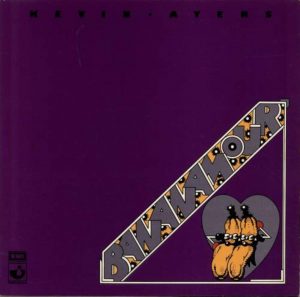
In January 1973 you started to be part of Gong and recording of Flying Teapot, the first instalment of the “Radio Gnome” trilogy began. What’s your opinion about Gong’s philosophy and concept compared to Khan’s?
You have to bear in mind that I was only 21 when I joined Gong, and in many ways I was still developing my philosophical approach. Daevid, who was quite a lot older than me, had the fully developed Gong cosmology and I was happy to embrace it and become part of it. When I popped out at the other end of the intense Gong experience a few years later, and resumed my solo career, my ideas had been strongly infected by the deep spirituality of Daevid’s vision. This has never left me, even though I now express it differently. What I loved about Daevid’s work was the mixture of serious stuff with cartoon-like humour. Unlike a couple of other band members in this highly combustible lineup, I was always fond of Daevid’s Gong mythology. It gave the band something really special and unique. In many ways I think the Gong lineup that made the Angel’s Egg and You albums, with the great Pierre Moerlen on drums, was the best band I ever played in.
After that you had a wonderful solo career where you managed to release eight classic records on Virgin. All of these albums are featured in the box set.
Yes of course all of these albums are included in the box set. They are the centre piece of my work from this whole period, and it isn’t possible to tell my full story without them being there. I resolved from the start that this box set would be the “Full Monty” with everything in it, but of course I also recognised that a lot of our fans or supporters would already have most or all of the Virgin albums. I didn’t want to be in a position of just selling stuff that people already had, so this is why I made a major effort to include a lot of additional unreleased material, and why Jonny Greene and I worked really hard on the book. In this way we’ve tried our best to balance the released albums with loads of other exclusive stuff, so that the full 22 CD box set is good value.
You had many more collaborations and we would need a lot of time to cover everything. Lets talk what else is included in the set? In the late ’80s you heard that The Orb were influenced by your solo work and soon you started something new. System 7 was your project and its debut is an ambient dance music. What inspired you to go in different direction and forming System 7?
After Motivation Radio, which had a number 7 sub-theme, I see my development as a bit of a logical progression. This is covered in great detail in the box set book, and also the Sparks CD Vol 4 1980-90. Meeting Alex Paterson of the Orb was like a final catalyst of something that was building for a long time. He was looking for new collaborators when we met, as he had just stopped working with Jimmy Cauty. So the timing was great – Miquette and I collaborated on the first Orb album and Alex became our main collaborator on the first System 7 album.
Already in the ’70s we were getting increasingly interested in funk, electronics and German psychedelia like Neu, Can and of course Kraftwerk. Our friend and sound system designer Tony Andrews (of Funktion One and Turbosound fame) was mad about funk and we used to have great parties with him dancing to Parliament & Bootsy’s Rubber Band etc. played loud on his PA rig while we were out of our heads on mushrooms. In a way these were like prototype raves, and it was no accident that Tony and our former sound engineer John Newsham got involved in doing the sound at acid house events in 1988! When I was producing Simple Minds I got involved in the early ’80s “futurist” club scene, and that was another one of many arrows pointing us in the eventual System 7 direction. But it was a long and gradual process, lasting nearly a decade from when we stopped touring with the Steve Hillage Band. We were looking for something but not quite sure what it was, but meeting Alex helped us realise that we were there already!
I hope you don’t mind me asking if psychedelics had any impact on you as musician? You played in bands that are regarded as “psychedelic” and with System 7 you were part of (at the times) growing population of underground dance music where psychedelics had its role.
Dave Stewart recently admitted in print, how the LSD experience was an inspiration for the structure and content of his and Mont Campbell’s music in Egg. Since many consider Arzachel to be a real representation of the kind of experimentation at UFO and Middle Earth, in hindsight, do you have rosy memories of those days and the merits of so many walls being broken down musically via the use of hallucinogenic drugs at that time? (For many, Arzachel is a real excellent example of the high point of psychedelia, along with Syd-era Floyd hence its continuing appeal, also along with early Egg..)
I first started smoking pot at the age of 14 and gradually developed an interest in psychedelics, although my main acid-dropping period started when I went to Canterbury university, which was actually after we made Arzachel. I guess we just had a naturally psychedelic frame of mind. My use of psychedelics reached a peak in my time in Gong. I’ve had many beneficial experiences, but also some difficult ones some of which are described in detail in the box set book. But yes, listening to music, playing music and constructing music while using psychedelics has been a strong part of my musical development. Working out the arrangements of Gong’s “Master Builder” and “Isle of Everywhere” with the whole band all on acid was a supreme moment!
What makes this box set so unique is the fact that you decided to include some material from your personal archive. Including concert performances (Brighton Dome November 1977, Munich April 1979, Hammersmith Odeon November 1979, The Steve Hillage Band Live At The Gong Family Unconvention 2006) and four discs (Sparks Volumes 1-4) packed with previously unheard and unreleased tracks, demos and alternate takes. Would you like to tell us more about this material?
The Brighton, Munich, and Hammersmith live recordings I chose because they compliment the other live performances in the box: – Live Herald, Deeply Vale and the two BBC radio recordings. You get a complete live history of the Steve Hillage Band and its various lineups. I should mention that we’re using the full BBC Radio 1 recordings, as they were broadcast, including Pete Drummond’s gushingly enthusiastic introductions. The full broadcasts have never been released before. The Uncon 2006 performance was included because it was the first Steve Hillage Band performance for 27 years, after we stopped at the end of 1979, and it works really nicely as a postscript.
For the Sparks CDs, again the emphasis was on choosing material that helps tell the whole story, showing for example that some songs on my later albums were actually first demoed while I was in Gong and preparing Fish Rising. I can’t really describe this in any more detail, but I’ve tried to ensure that people who buy the box will find that these 4 Sparks CDs will give them a deeper insight into my music and my creative journey, which is of course my intention.
Is there anything else left unreleased?
Yes there is quite a bit of additional material. For example, the echo guitar a capella pieces I have used on Sparks Vol 1 1970-73 are taken from about 3 hours of recordings, and it would be nice to release the whole thing at some stages. There is also some more Khan stuff, but nothing more from Arzachel – that was truly a one-off.
What is currently occupying your life?
Right now I’m having a bit of a fallow period – recharging my batteries. Next year we will make a new System 7 / Mirror System album and play loads of gigs.
Before we say goodbye. What are you listening lately? Anything you would like to recommend?
Jimi Hendrix – Axis Bold as Love
The Psychedelic Furs – Love My Way
Gong – Rejoice, I’m Dead (album)
Christine and the Queens – Tilted (youtube video https://youtu.be/9RBzsjga73s)
Thank you very much for taking your time, Steve. Would you like to send message to It’s Psychedelic Baby readers and your fans worldwide?
As Jimi Hendrix told Daevid Allen in 1967: “Stay with your thing, man. Stay with your thing!”
– Klemen Breznikar
Array

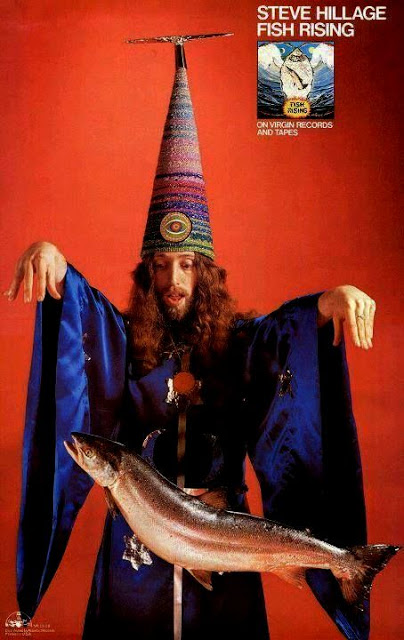

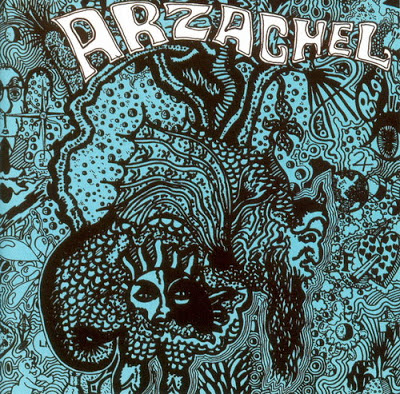
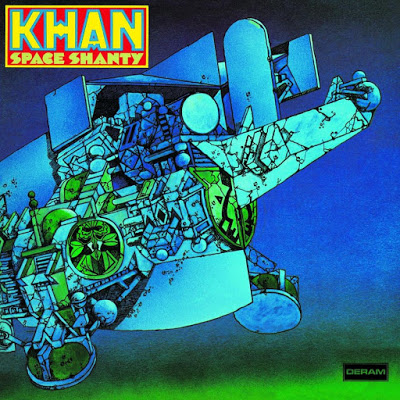
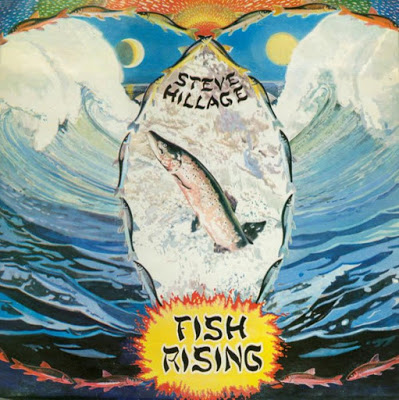
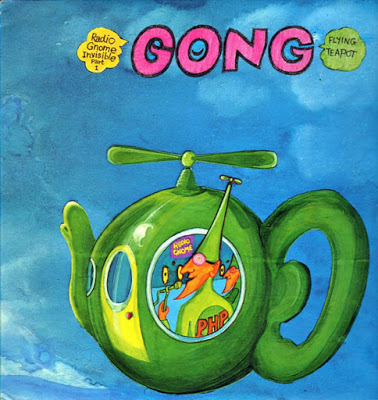
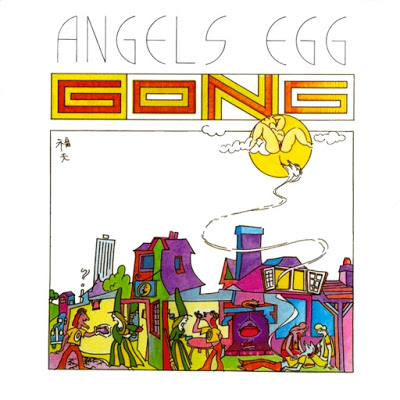
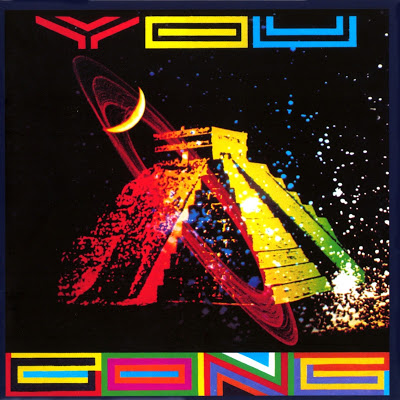
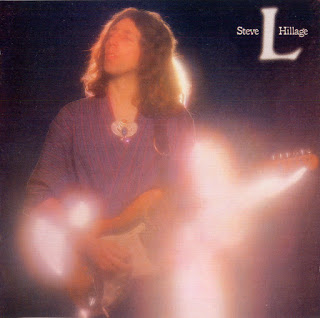
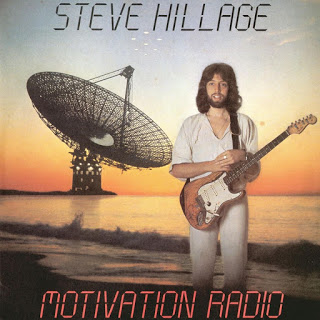
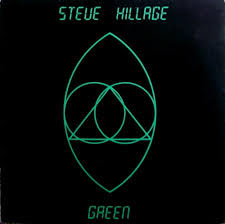

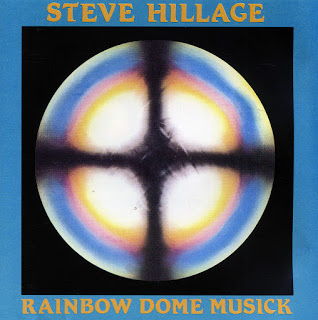
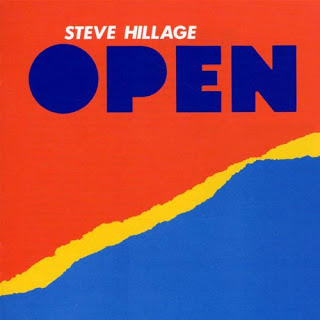

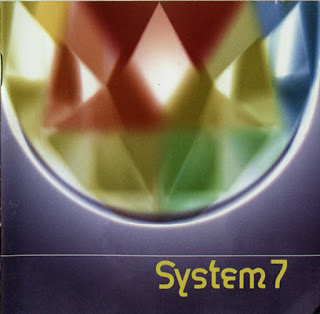
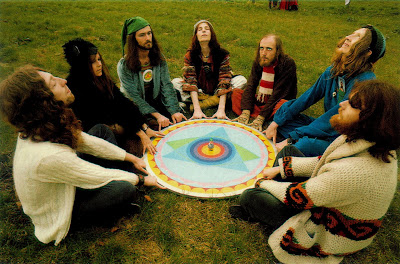

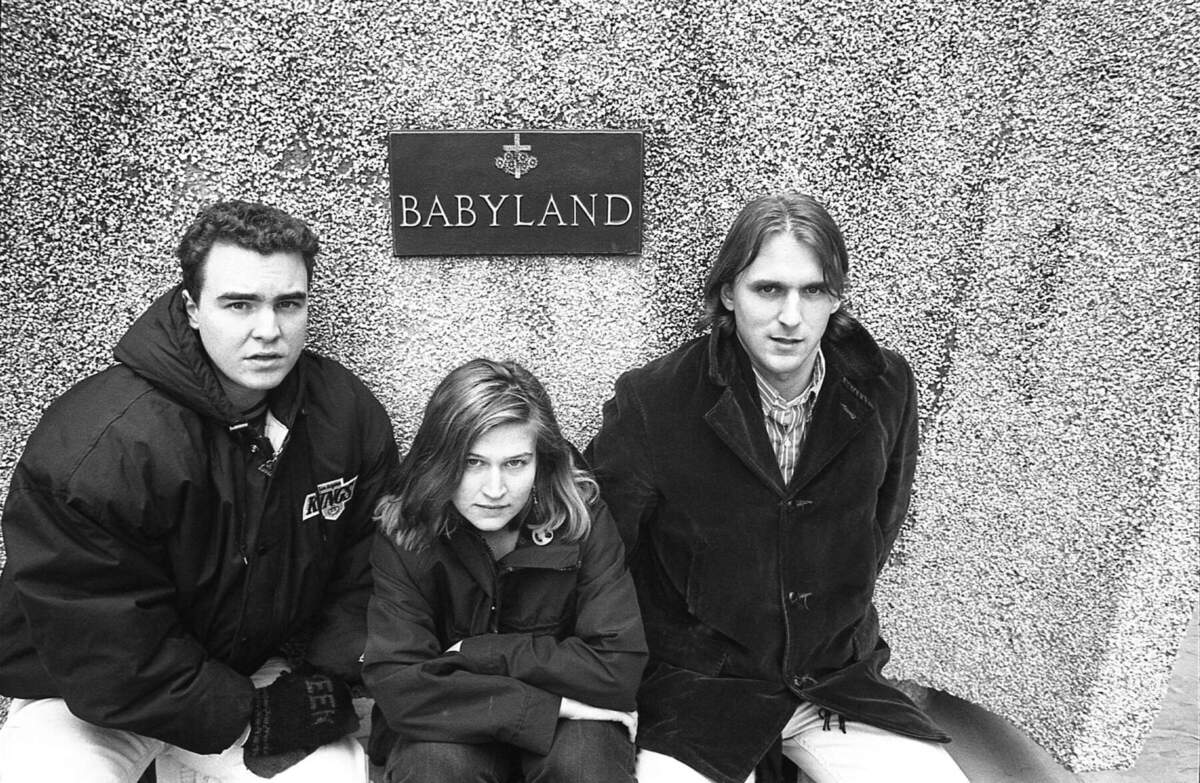
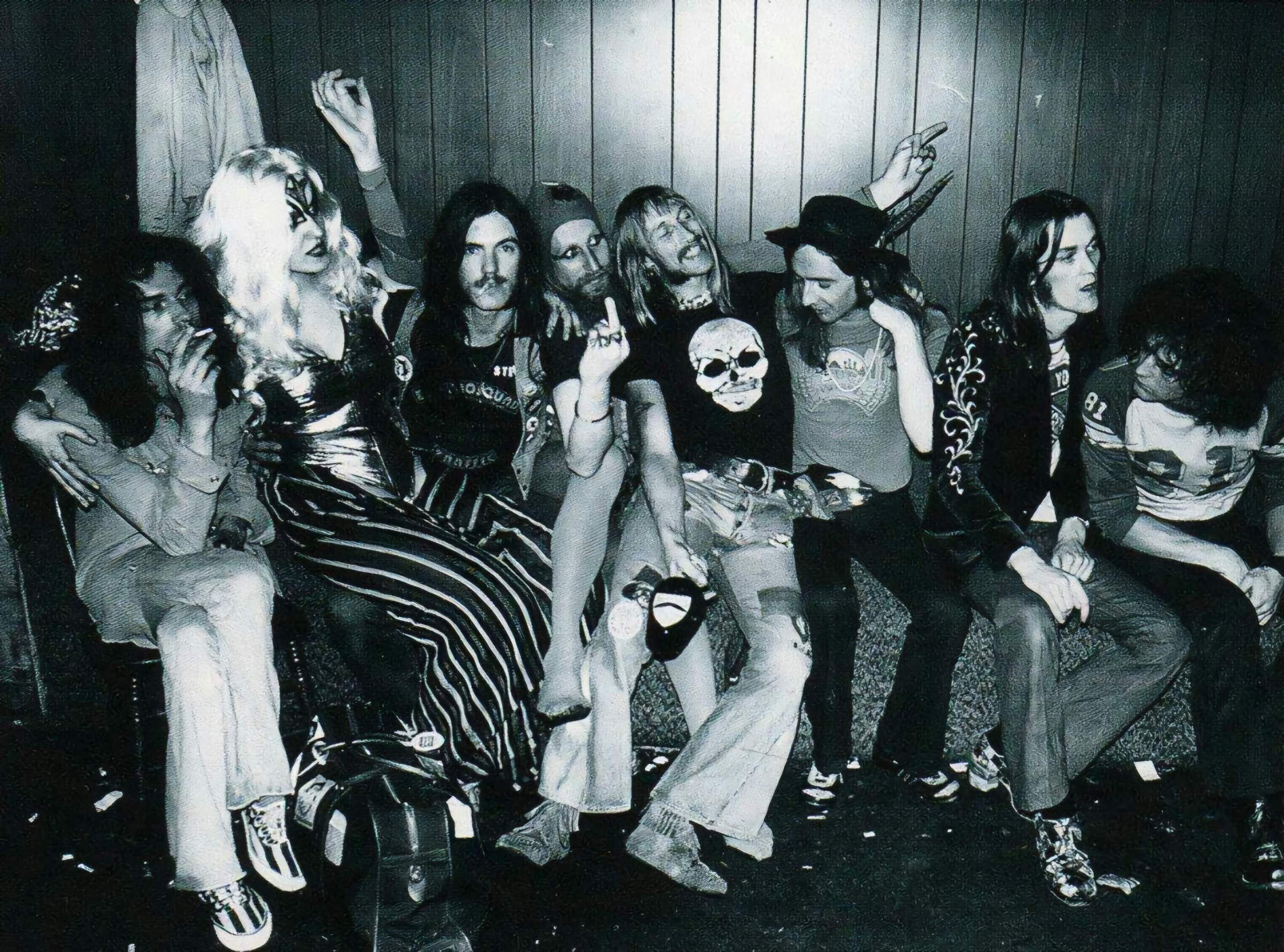
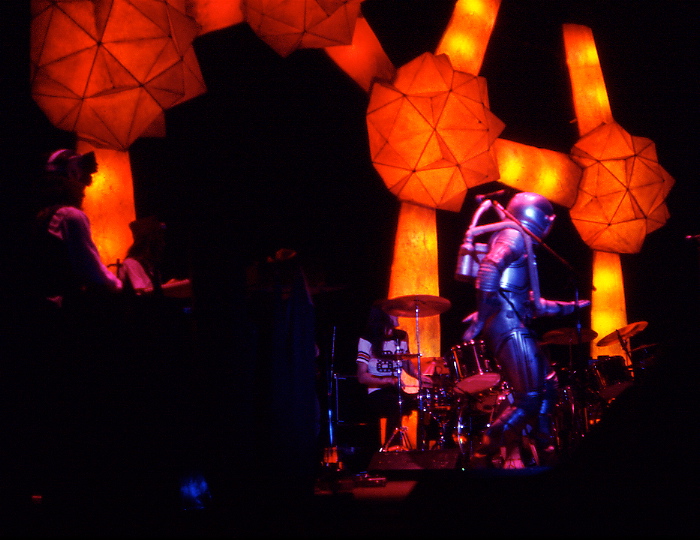
God I love this dude.
Seen him live and he is just a super awesome guy with amazing imagination and talent.
One of a kind.
Gr8 interview ??
I saw Steve Hillage at the famous rainbow gig and at the marque. Both were outstanding. Steve is a true pioneer and virtuoso guitarrist. Whatever he does is quality. Rock on Steve!!!!